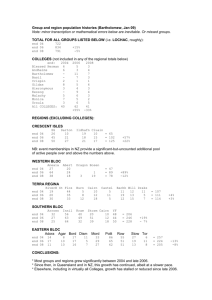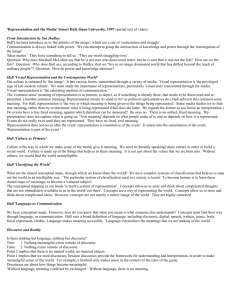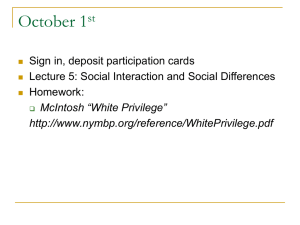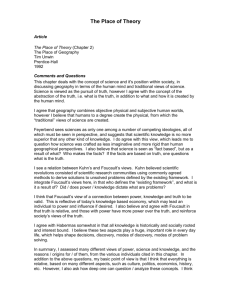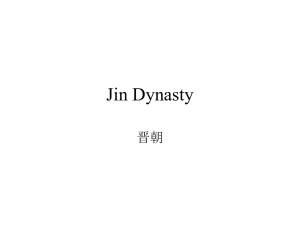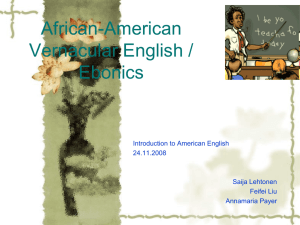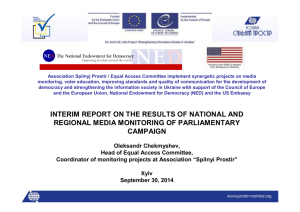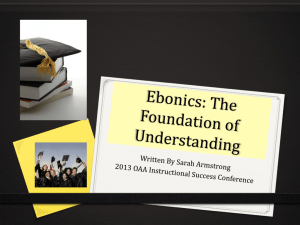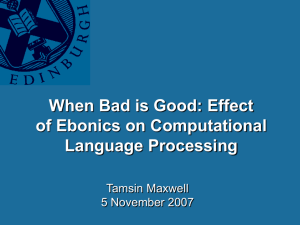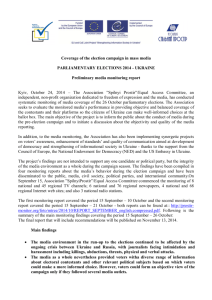Study guide for final exam, linguistic anthropology
advertisement
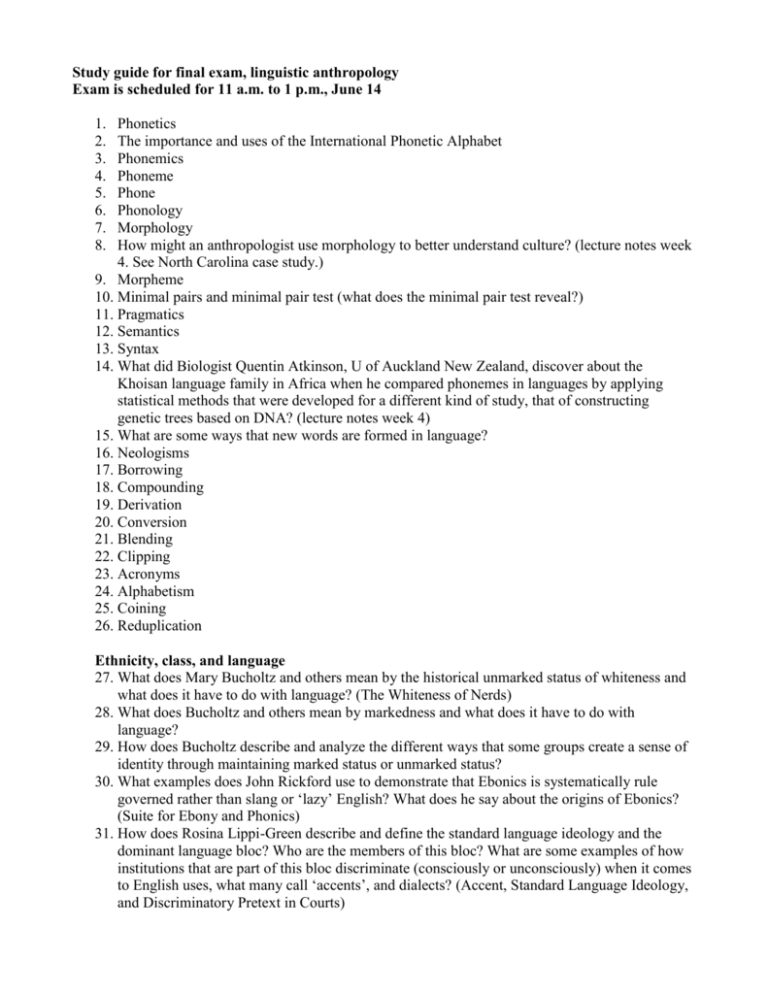
Study guide for final exam, linguistic anthropology Exam is scheduled for 11 a.m. to 1 p.m., June 14 1. 2. 3. 4. 5. 6. 7. 8. Phonetics The importance and uses of the International Phonetic Alphabet Phonemics Phoneme Phone Phonology Morphology How might an anthropologist use morphology to better understand culture? (lecture notes week 4. See North Carolina case study.) 9. Morpheme 10. Minimal pairs and minimal pair test (what does the minimal pair test reveal?) 11. Pragmatics 12. Semantics 13. Syntax 14. What did Biologist Quentin Atkinson, U of Auckland New Zealand, discover about the Khoisan language family in Africa when he compared phonemes in languages by applying statistical methods that were developed for a different kind of study, that of constructing genetic trees based on DNA? (lecture notes week 4) 15. What are some ways that new words are formed in language? 16. Neologisms 17. Borrowing 18. Compounding 19. Derivation 20. Conversion 21. Blending 22. Clipping 23. Acronyms 24. Alphabetism 25. Coining 26. Reduplication Ethnicity, class, and language 27. What does Mary Bucholtz and others mean by the historical unmarked status of whiteness and what does it have to do with language? (The Whiteness of Nerds) 28. What does Bucholtz and others mean by markedness and what does it have to do with language? 29. How does Bucholtz describe and analyze the different ways that some groups create a sense of identity through maintaining marked status or unmarked status? 30. What examples does John Rickford use to demonstrate that Ebonics is systematically rule governed rather than slang or ‘lazy’ English? What does he say about the origins of Ebonics? (Suite for Ebony and Phonics) 31. How does Rosina Lippi-Green describe and define the standard language ideology and the dominant language bloc? Who are the members of this bloc? What are some examples of how institutions that are part of this bloc discriminate (consciously or unconsciously) when it comes to English uses, what many call ‘accents’, and dialects? (Accent, Standard Language Ideology, and Discriminatory Pretext in Courts) 32. According to Lindsay Whaley (The Future of Native Languages), what are ways to classify and categorize the health of languages and what are some of the variables that make categorization complex? Why are social, political, economic, and other influences so important in the health of languages and what are some examples of how a category cannot apply the same to one language as it does to another? 33. How did Whaley (above) and John McWhorter (Most of the World’s Languages Went Extinct) describe periods of punctuation, equilibrium, language death and decreases in diversity as patterns that have repeated themselves possibly four or five times in human history and prehistory? What were crucial economic, political, and technological changes that influenced these repeating patterns? 34. How does McWhorter discuss the reasons for language death or language morbidity and what does he say about attempts in the world to halt the death of minority languages? Why are children so important in the efforts to prevent language death? 35. In Laura Ahearn’s chapter on language death and revitalization, and in the videos we watched about language loss, what is described as lost when languages are lost? 36. Why was Nu Shu in China a hidden language and why is it nearly lost, according to the film Nu Shu – A Hidden Language of Women in China Discourse analysis is primarily an examination of power. As Michel Foucault wrote, “power is about processes and actions – embedded within everyday social and linguistic interactions.” Discourse analysis begins with definitions and theories of power. Methods come from applying those theories to everyday circumstances. Concepts about power (Pierre Bourdieu, Michel Foucault, Raymond Williams, etc. in text book and lecture notes) (see list below) 37. Habitus 38. Doxa 39. Orthodoxy 40. Heterodoxy 41. Hegemony 42. Agency 43. Practice theory (Ahearn) 44. Symbolic capital (lecture notes, text book, videos) 45. Cultural capital (lecture notes, text book, videos) 46. The importance of privileged (empty) signifiers 47. Dislocation theory and ideology 48. Logics of equivalence 49. Logics of difference 50. Examples of studying social and linguistic inequality in institutional settings through looking at turn economies, control of ratification, question control 51. The case study in agency, voice and storytelling in South Africa Truth and Reconciliation Commission (TRC) hearings. What does Colin de Souza’s story tell us about how expectations about affect and stance and storytelling often become standardized so that those who fail to meet the language and communication standards remain unheard or ignored? What did Jan Blommaert say about Colin’s communication style and where it came from? What was ‘the moral of the story’ for those studying power and language?
